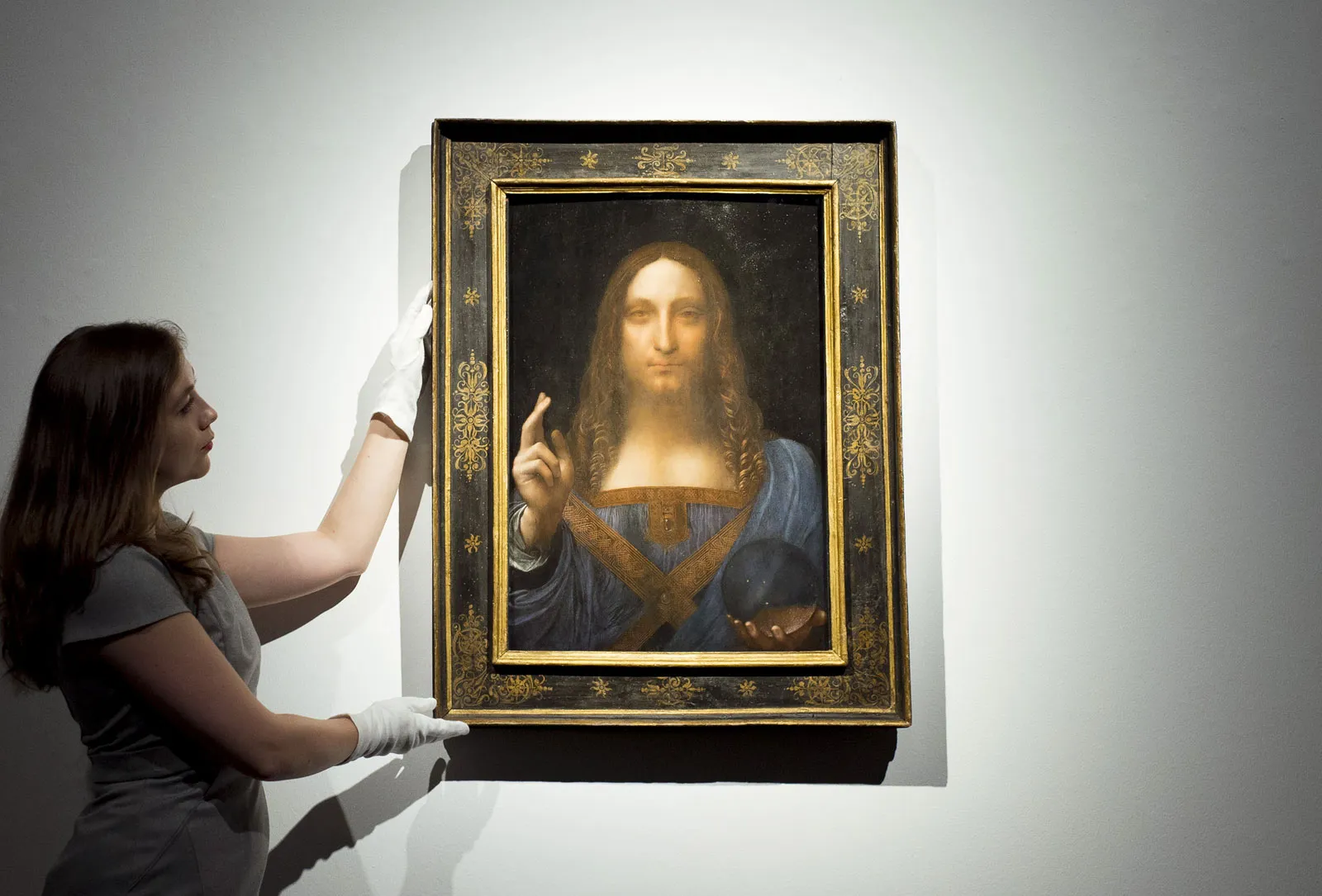rashemamelson.org – The art world is a fascinating realm where creativity, history, and commerce intertwine. While art is often seen as a reflection of the human soul, it also carries significant monetary value. In recent years, the art market has witnessed a surge in prices, with some masterpieces fetching astronomical sums. Let’s delve into the world of the most expensive art pieces ever sold.
The Pinnacle of Artistic Value
- Salvator Mundi by Leonardo da Vinci: This Renaissance masterpiece, depicting Jesus Christ as the Savior of the World, holds the record for the most expensive painting ever sold at auction. In 2017, it was purchased for a staggering $450.3 million. The painting’s authenticity and its connection to one of history’s greatest artists contributed to its astronomical price tag.
Other Notable High-Priced Artworks
- Interchange by Willem de Kooning: This abstract expressionist painting fetched $300 million at a private sale in 2015. De Kooning’s bold brushstrokes and dynamic composition make it a highly sought-after work.
- The Card Players by Paul Cézanne: This series of five paintings, each depicting a group of card players, is considered one of Cézanne’s most significant works. One of the paintings sold for $250 million in 2011.
- Number 17A by Jackson Pollock: This iconic drip painting is a prime example of Abstract Expressionism. It was sold for $200 million in 2015.
- The Scream by Edvard Munch: This iconic expressionist painting, capturing a figure’s anguished cry, has been sold multiple times for high prices. One version sold for $120 million in 2012.
Factors Influencing Art Prices
Several factors contribute to the exorbitant prices of these artworks:
- Artist’s Reputation: The fame and historical significance of the artist play a crucial role. Artists like Leonardo da Vinci, Pablo Picasso, and Andy Warhol command premium prices.
- Rarity and Uniqueness: Limited edition prints, original paintings, and sculptures by renowned artists are highly sought after and can fetch exorbitant prices.
- Historical Significance: Artworks with historical or cultural importance, such as those associated with significant events or movements, tend to be more valuable.
- Market Demand: Strong demand from wealthy collectors and investors can drive up prices.
- Condition and Provenance: The condition of the artwork and its provenance, or history of ownership, can significantly impact its value.
The Role of the Art Market
The art market is a complex and dynamic industry, influenced by various factors, including economic trends, cultural shifts, and technological advancements. As the global economy continues to grow, so does the demand for art as an investment and a status symbol. However, the art market is also subject to fluctuations and speculative bubbles.
In conclusion, the world of high-priced art is a fascinating blend of history, culture, and commerce. While the prices of these masterpieces may seem exorbitant, they reflect the enduring power of human creativity and the timeless appeal of art.

